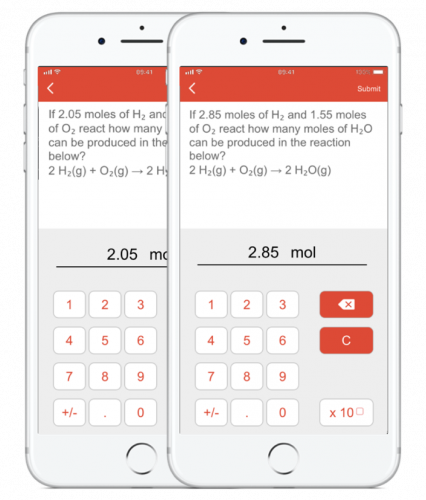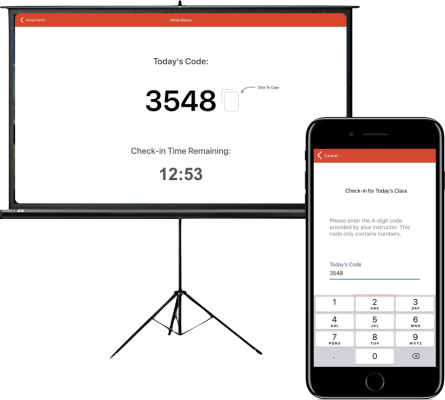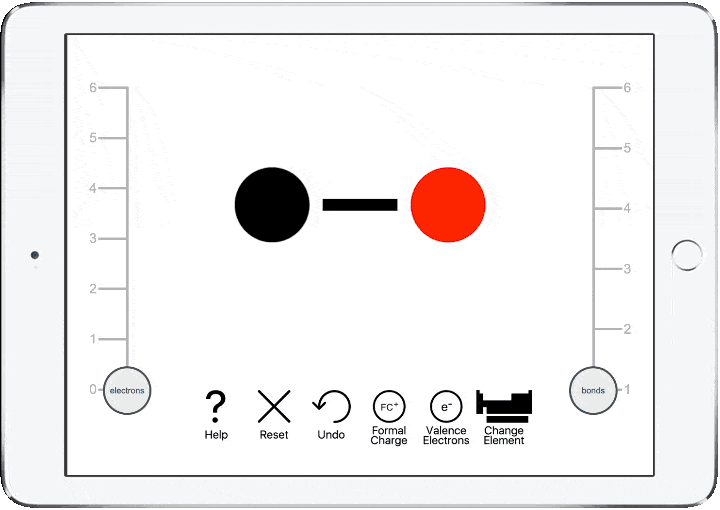

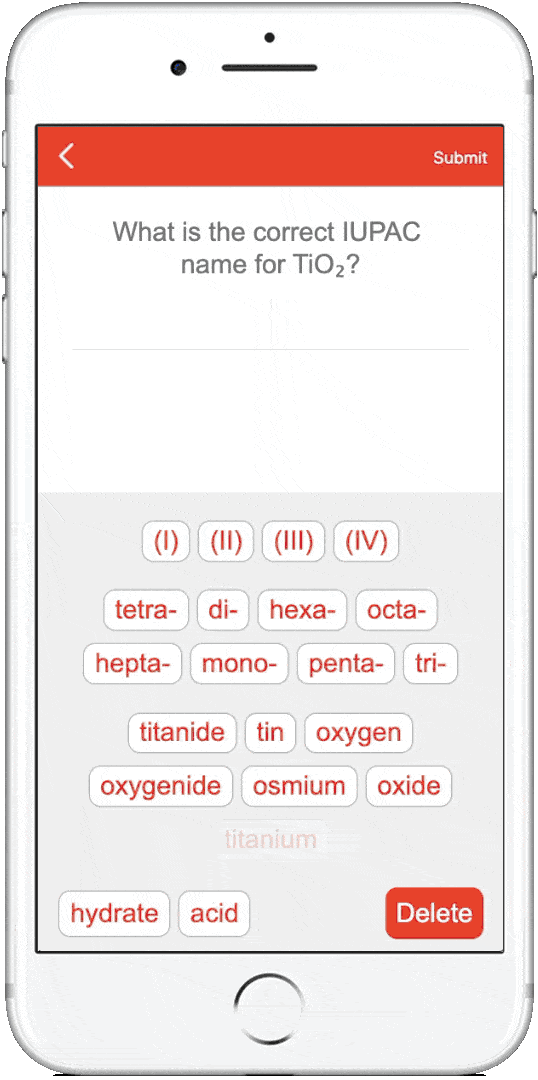

Students focus on chemistry and not syntax errors by easily writing chemical formulas, reactions, and equations with smart suggestions. Aktiv helps students reach mastery with exercises on balancing reactions, net ionic equations, acid-base reactions, redox reactions, and much more.
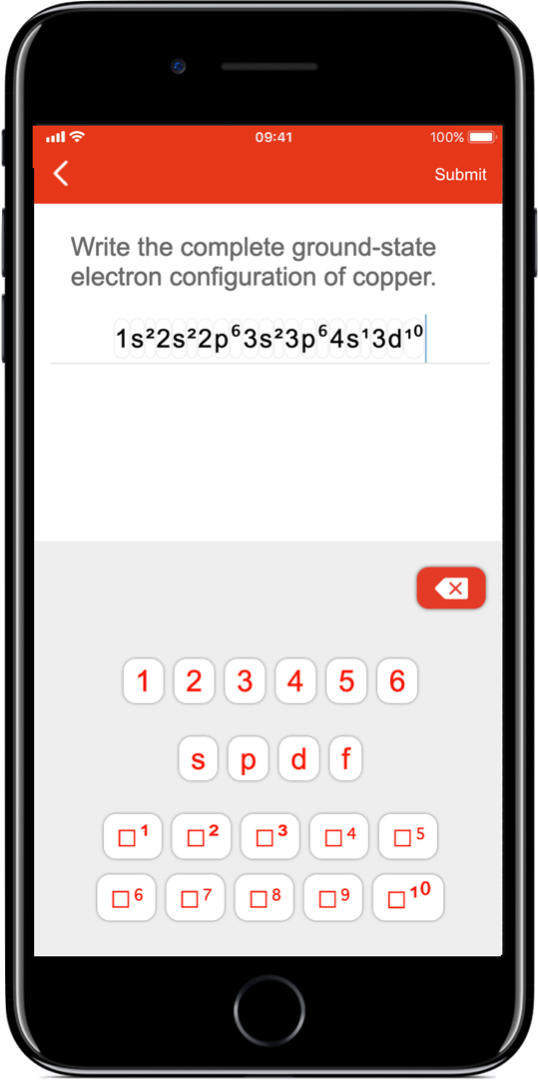
Students easily write ground state, excited state, and noble gas core configurations using smart suggestions.
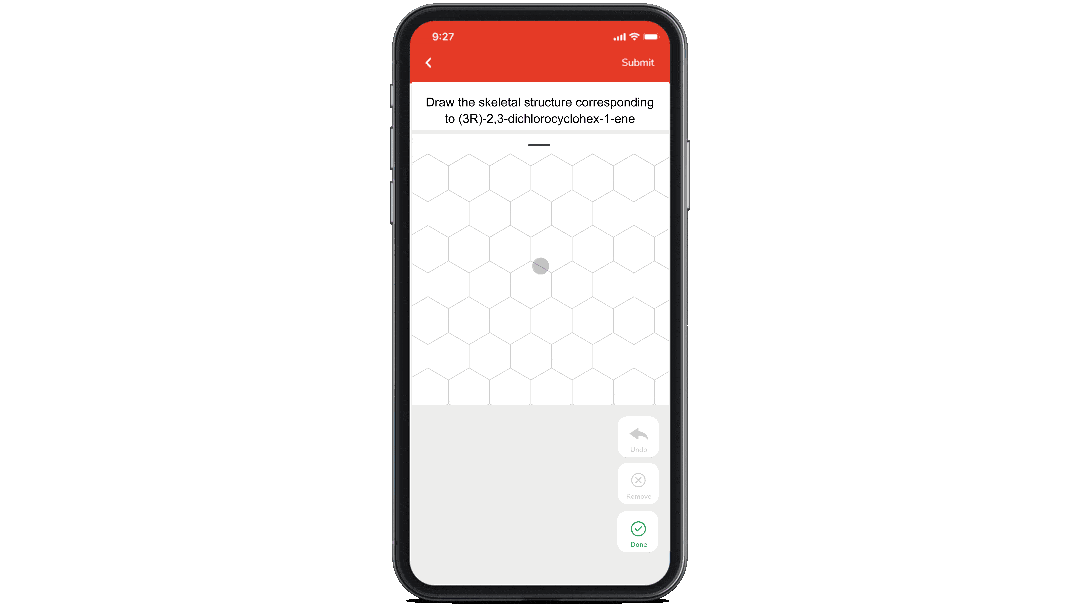
Students draw skeletal and structural formulas with the groundbreaking and intuitive AktivGrid.







